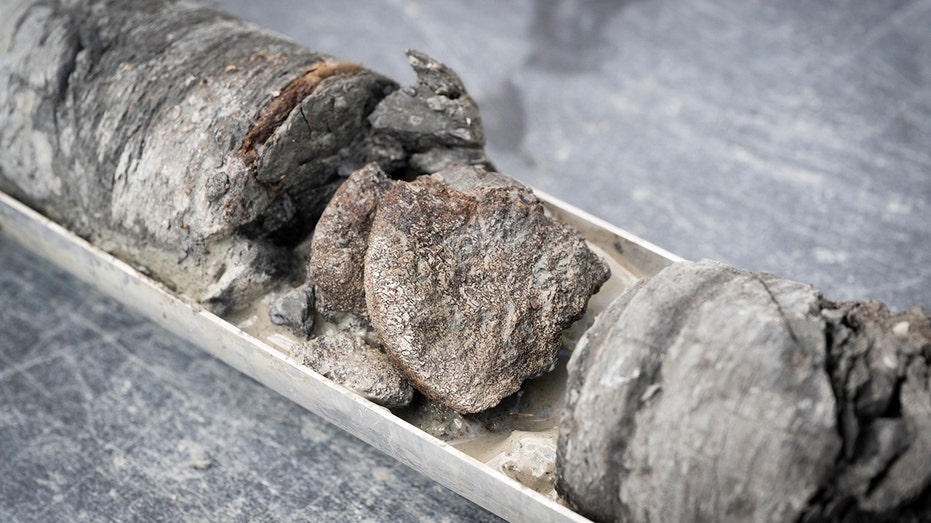Excavation Near Site Where Jesus Was Crucified and Buried Unveils Ancient Biblical Garden

Sarah Johnson
April 4, 2025
Brief
Archaeologists at Jerusalem's Church of the Holy Sepulchre have uncovered an ancient garden dating to Jesus' era, offering new insights into biblical history and Christian pilgrimage.
In a discovery that feels straight out of biblical prophecy, archaeologists working at the Church of the Holy Sepulchre in Jerusalem—widely regarded as Christianity's most sacred site—have uncovered evidence of an ancient garden. The find includes olive tree and grapevine remnants dating back approximately 2,000 years, adding a tangible layer to the New Testament's description of the area.
The Church of the Holy Sepulchre, built on the site where Jesus Christ is believed to have been crucified and buried, has long drawn pilgrims and historians alike. Now, excavations have unearthed seeds and pollen from what archaeologists believe was an agricultural garden during the first century A.D. Curiously, this aligns with John 19:41: "Now in the place where he was crucified there was a garden, and in the garden a new tomb in which no one had yet been laid." Talk about biblical breadcrumbs!
Francesca Stasolla, an archaeology professor from Sapienza University of Rome, shared that the site had multiple historical uses, including as a quarry before transitioning into a funerary area and agricultural land. "The quarry had to be gradually abandoned and, as the stone extraction ended, it was used for agricultural areas and tombs," Stasolla explained. This timeline fits snugly within the narrative of early Christian history.
The excavation has also revealed artifacts spanning centuries, from ceramics and metals to glass, some of which date back to the Iron Age. These items paint a vivid picture of Jerusalem's evolution into a pilgrimage hub starting in the fourth century.
While the original structure of the church was founded in 326 A.D., its turbulent history includes destruction by Islamic ruler al-Hakim bi-Amr Allah in 1009 A.D. and reconstruction by Christian Crusaders nearly a century later. Today, the church stands as a patchwork of historical eras, predominantly shaped by Crusader architecture.
Stasolla remarked on the significance of the recent discoveries, noting their potential to deepen understanding of Jerusalem's development as a sacred Christian landmark. "It is certainly a strategic excavation for the knowledge of the city's development and its sacralization in a Christian key," she emphasized.
And while the findings beautifully echo the biblical verse, Stasolla drew a firm line between archaeology and theology. "Archaeology provides us with data that must then be historicized and interpreted," she said. "The Bible quote is certainly suggestive but requires careful context."
With the excavation still underway, Stasolla hinted at more revelations to come. "The study will reserve many surprises," she assured. If this discovery is any indication, history—and faith—might be about to collide in even more astonishing ways.
Topics
Editor's Comments
The idea of finding seeds and pollen from 2,000 years ago is astonishing enough, but when it aligns with scripture, it’s almost cinematic. I can’t help but wonder if these discoveries might spark new waves of religious pilgrimages—or debates. Also, can we agree that archaeology sometimes feels like time-traveling with a shovel?
Like this article? Share it with your friends!
If you find this article interesting, feel free to share it with your friends!
Thank you for your support! Sharing is the greatest encouragement for us.



